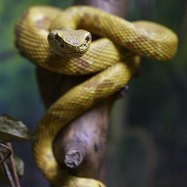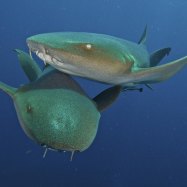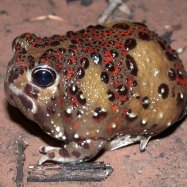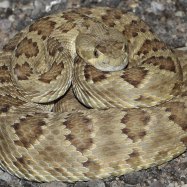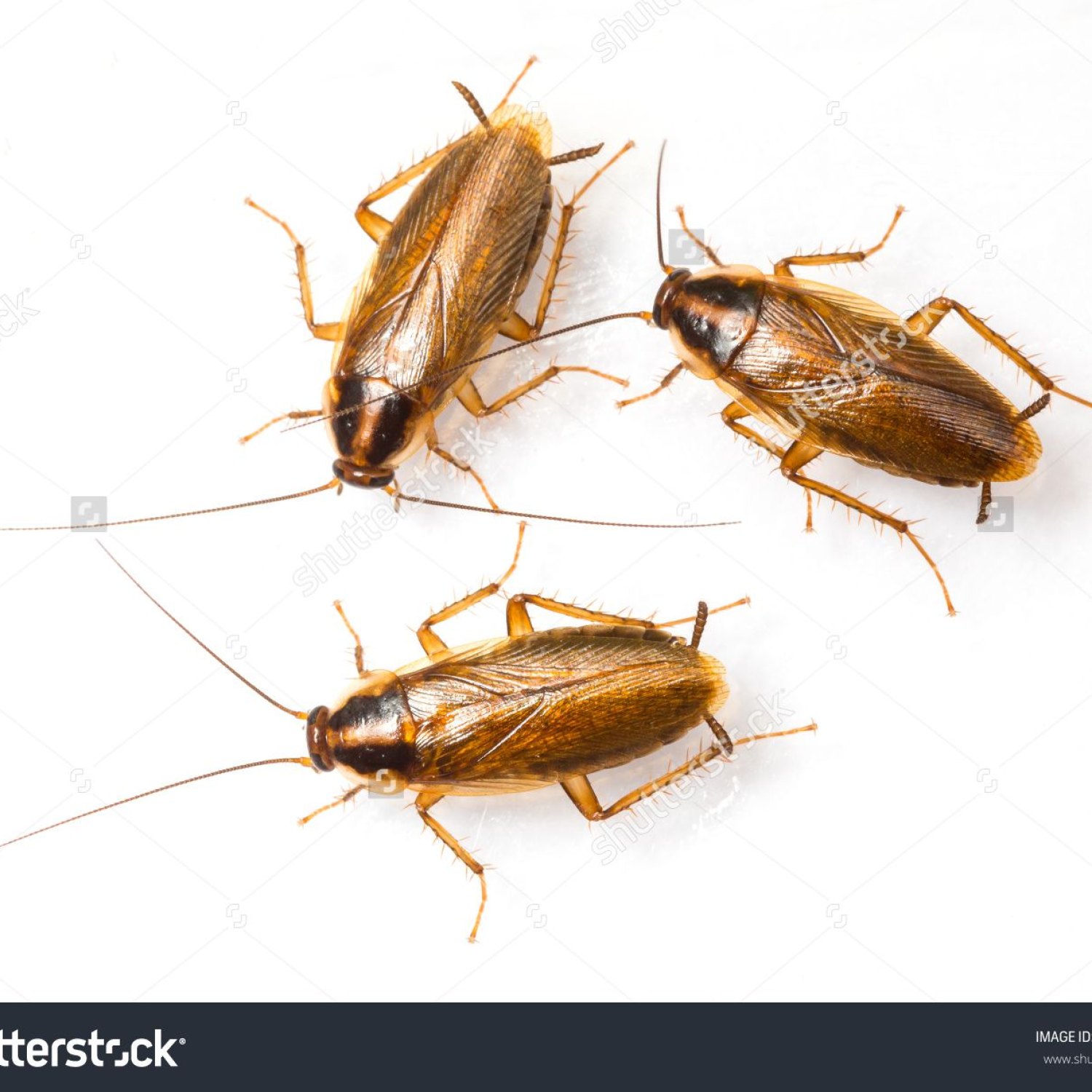
German Cockroach
Approximately 1/2 to 5/8 inch (1.3-1.6 cm)
The German cockroach, found in human dwellings, may be small but it can cause big problems. Measuring 1/2 to 5/8 inch, it can be found in restaurants, hotels, and buildings. With its oval-shaped, flattened body and belonging to the Ectobiidae family, it's important to take preventative measures to keep this pest away. Trust a professional pest control company to eliminate these unwanted guests in your home or business. #GermanCockroach #PestControl
Animal Details Summary:
Common Name: German Cockroach
Kingdom: Animalia
Habitat: Indoor environments, particularly warm and humid areas
The Persistent Pest: An Overview of the German Cockroach
In the vast world of insects, one species stands out for its ability to annoy and infest human dwellings - the German cockroach. These pesky creatures belong to the Blattodea order and are scientifically known as Blattella germanica. They are commonly referred to as the German cockroach, and their presence in indoor environments can cause significant problems for homeowners and business owners alike.But what exactly makes the German cockroach such a persistent pest? Let's take a closer look at its features and behaviors that have made it a worldwide nuisance German Cockroach.
An Extensive Distribution
The German cockroach is a truly cosmopolitan species, found in almost every part of the world. Their native origin is uncertain, with some studies suggesting Africa or Southeast Asia as their place of origin. However, due to their widespread distribution, it is challenging to determine their exact country of origin. These adaptable insects have become a global pest due to human movement and international trade.The Perfect Habitat
German cockroaches are known for their preference for warm and humid environments, making them commonly found in indoor spaces. They are most commonly found in homes, restaurants, hotels, and other buildings where they can easily find food, water, and shelter. The presence of these factors makes for the ideal habitat for their survival and proliferation.An Omnivorous Diet
One characteristic that makes the German cockroach a resilient and successful species is its ability to consume a wide variety of food. They are omnivorous scavengers, feeding on virtually anything they can find, from leftover crumbs to decaying matter and even glue Green Bee Eater. This adaptable diet ensures that they can easily find sustenance in human environments, making it challenging to control their population.A Durable Physical Appearance
The German cockroach has a distinctly light brown to tan color with two dark parallel stripes on its pronotum, making it easily identifiable. Their body shape is oval, and they have a flattened appearance, allowing them to easily squeeze into tight spaces. They have six legs, two antennae, and two wings, but they are not great fliers. Their wings are small and do not provide them with significant lift, so they rely on crawling and hitchhiking to move around.Lifespan and Reproduction
German cockroaches have a relatively short lifespan of about 100-200 days, with the female having a slightly longer life expectancy compared to the males. They reach maturity in about 50 days and can reproduce quickly, with a female capable of producing up to 400 offspring in her lifetime.Their reproduction rate is one of the reasons why they are challenging to control. They have a unique reproductive system, with the female carrying an egg case, also known as an ootheca, until the eggs are ready to hatch. This case can hold up to 40 eggs, and once hatched, the nymphs go through six to seven molts before reaching adulthood.
The Dangers of German Cockroach Infestations
While German cockroaches may seem like just a minor nuisance, they can pose significant health hazards when left uncontrolled. Their saliva, feces, and shed skin contain allergens that can cause reactions in some individuals, especially those with respiratory conditions. Their close proximity to human dwellings makes it easy for them to contaminate food, utensils, and surfaces, potentially leading to foodborne illnesses.Moreover, German cockroaches are known to carry and spread disease-causing microorganisms such as bacteria, viruses, and parasites. They have been linked to the spread of salmonella and E. coli, among other diseases.
Controlling German Cockroach Infestations
Given their resilience and rapid reproduction rate, it may seem challenging to control German cockroach infestations. However, there are effective methods that can be employed to eradicate these pests and prevent future infestations.Keeping a Clean and Dry Home
Since German cockroaches are attracted to food scraps and moisture, keeping a clean and dry home is the first step towards preventing an infestation. Make sure to clean up any spills or crumbs immediately, and fix any leaks to reduce excess moisture that can attract these pests.Sealing Entry Points
German cockroaches can enter homes through tiny cracks and crevices, so it is essential to seal any potential entry points. Inspect the foundation, walls, and doors for any gaps, and seal them with caulk or weather stripping.Professional Pest Control
For more severe infestations, it is best to seek professional help. Pest control companies have access to specialized methods and treatments to eliminate cockroaches effectively. They can also advise on long-term prevention strategies to ensure the infestation does not recur.Conclusion
In conclusion, the German cockroach may be a tiny insect, but its impact can be significant. With its resilient nature, adaptability, and widespread distribution, it has become a persistent pest in many parts of the world. However, by understanding their behaviors, controlling their food and water sources, and seeking professional help when necessary, it is possible to prevent and eliminate German cockroach infestations. Keep your home clean and dry, seal any entry points, and be on the lookout for early signs of an infestation to keep these pesky pests at bay.

German Cockroach
Animal Details German Cockroach - Scientific Name: Blattella germanica
- Category: Animals G
- Scientific Name: Blattella germanica
- Common Name: German Cockroach
- Kingdom: Animalia
- Phylum: Arthropoda
- Class: Insecta
- Order: Blattodea
- Family: Ectobiidae
- Habitat: Indoor environments, particularly warm and humid areas
- Feeding Method: Omnivorous scavengers
- Geographical Distribution: Worldwide
- Country of Origin: Uncertain, possibly Africa or Southeast Asia
- Location: Found in human dwellings, restaurants, hotels, and other buildings
- Animal Coloration: Light brown to tan, with two dark parallel stripes on the pronotum
- Body Shape: Oval-shaped, flattened body
- Length: Approximately 1/2 to 5/8 inch (1.3-1.6 cm)
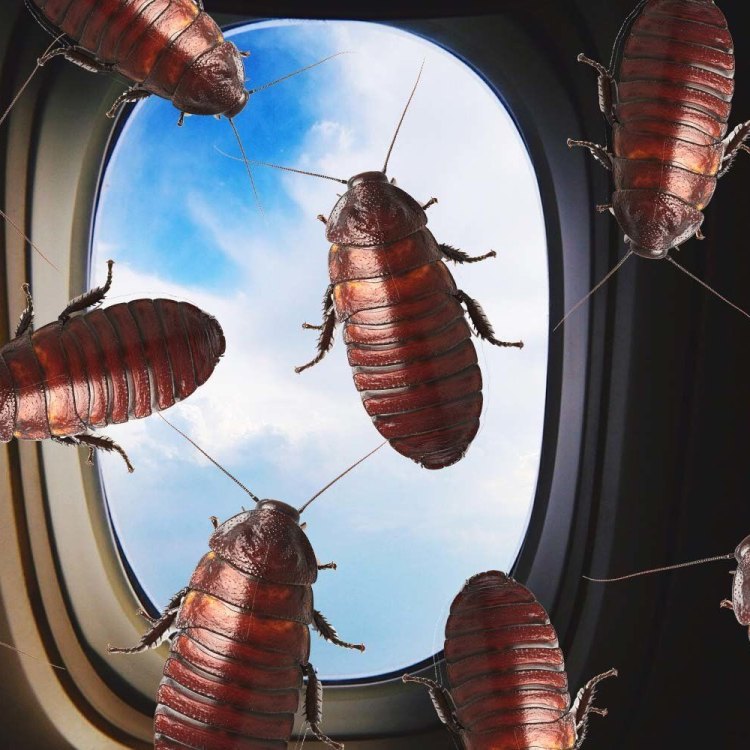
German Cockroach
- Adult Size: Small
- Average Lifespan: Up to 6 months
- Reproduction: Egg laying
- Reproductive Behavior: Females produce oothecae (egg cases) that contain multiple eggs
- Sound or Call: No audible sound or call
- Migration Pattern: Non-migratory
- Social Groups: N/A
- Behavior: Nocturnal and highly adaptable
- Threats: Considered a household pest due to their ability to transmit diseases and contaminate food
- Conservation Status: Not applicable
- Impact on Ecosystem: May disrupt ecosystems when introduced to new areas
- Human Use: None
- Distinctive Features: Fast-running, flattened body with long antennae and wings
- Interesting Facts: Can survive without food for up to a month
- Predator: Various predators including spiders, beetles, and other insects
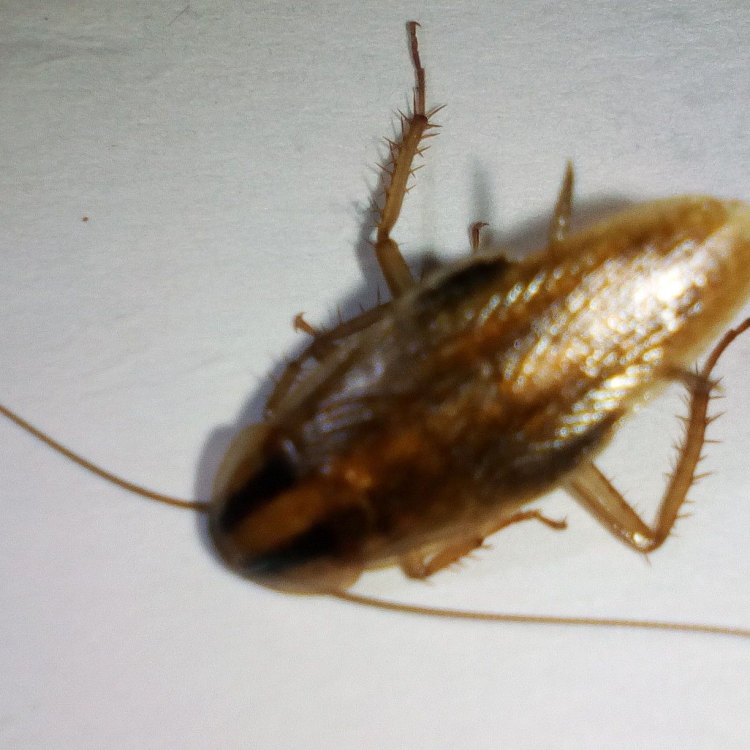
Blattella germanica
The German Cockroach: A Small but Noteworthy Pest
Imagine waking up in the middle of the night to find a small cockroach scurrying across your kitchen counter. Most of us would probably let out a scream and quickly reach for the nearest weapon to get rid of the unwelcome intruder. However, have you ever stopped to consider what type of cockroach it might be? If it happens to be a German cockroach, then you might want to pay attention to this article.The German cockroach, also known as Blattella germanica, is a common household pest found in homes, apartments, and other indoor structures PeaceOfAnimals.Com. This small insect measures only about half an inch in length when fully grown. However, don’t let its size fool you – it is considered one of the most resilient and adaptable cockroach species. Let’s dive deeper into the unique features and behavior of the German cockroach.
Size and Lifespan
As mentioned earlier, the German cockroach is a small species of cockroach, typically growing to be around 0.6 to 0.7 inches long. This size makes them easily identifiable compared to other cockroach species. Their small size also allows them to easily hide in small cracks and crevices, making them difficult to spot.On average, they can live up to 6 months, depending on various factors such as food availability and environmental conditions Goliath Beetle. However, if the conditions are favorable, they can live up to a year.
Reproduction and Reproductive Behavior
German cockroaches reproduce through a process called egg laying. Unlike other cockroaches that produce single eggs, female German cockroaches produce oothecae (egg cases) that contain multiple eggs. These egg cases are brown, cylindrical, and approximately 0.2 inches long. One female can produce up to 4 to 8 oothecae in her lifetime, with each ootheca containing about 30-48 eggs.What’s interesting is that female German cockroaches do not need to mate in order to produce eggs. They can produce eggs through parthenogenesis, where a female can reproduce without the involvement of a male cockroach. This is why it’s possible for a single female German cockroach to produce an entire infestation in a short amount of time.
Sound or Call, Migration Pattern, and Social Groups
The German cockroach is not known to make any audible sounds or calls. They communicate through chemical and tactile signals, such as leaving chemical trails to lead other cockroaches to food sources. They are also non-migratory insects, meaning they do not move from one place to another unless forced to by environmental changes or disturbance.German cockroaches are not known to form social groups. They are typically found alone or in small groups, except for when females are caring for their young or during mating.
Behavior and Adaptability
German cockroaches are nocturnal insects, meaning they are most active at night. They prefer to stay hidden during the day and come out to forage for food at night. They are also highly adaptable, able to thrive in a wide range of temperatures, from 70°F to 85°F, making them well-suited for indoor environments.These cockroaches are also fast runners and can quickly disappear into small spaces when threatened. They are also skilled climbers and can easily climb up vertical surfaces due to their grasping feet and sticky pads.
Threats and Impact on Ecosystem
The German cockroach is considered a household pest due to its ability to transmit diseases and contaminate food. These insects can carry bacteria, viruses, and parasites on their bodies and legs, potentially spreading diseases to humans. They are also known to contaminate food sources, making them a major concern for food businesses and restaurants.Furthermore, the German cockroach can disrupt ecosystems when introduced to new areas. In some cases, it can outcompete native insect species and disrupt the food chain, causing negative impacts on the ecosystem.
Interesting Facts
Apart from being a nuisance and potential health threat, the German cockroach also has a few interesting facts that make them stand out.Did you know that they can survive without food for up to a month? This is due to their ability to store energy in their body fat. They can also survive without their head for a few days, as they can breathe through small holes in their body segments.
Predators and Human Use
Various predators feed on German cockroaches, including spiders, beetles, and other insects. Some natural predators, such as lizards and birds, also play a role in keeping the population in check.Unlike other cockroach species, the German cockroach does not have any known human use. They are not used in any traditional medicine or cuisine.
Distinctive Features
The most distinctive feature of the German cockroach is its flattened body with a light brown to a dark brown color. They also have long, slender antennae that they use to sense their surroundings. Interestingly, unlike other cockroach species, both male and female German cockroaches have wings. However, only males can fly, while females have shorter wings that don’t allow flight.In Conclusion
In conclusion, the German cockroach may be a small insect, but it is a noteworthy pest due to its ability to survive and thrive in various environments. Their fast-running and flat body make them difficult to catch, making them a challenge for homeowners and pest control professionals. With their potential health threats and disruptive impact on ecosystems, it’s important to identify and eliminate German cockroaches in homes and other structures to prevent infestations.

The Persistent Pest: An Overview of the German Cockroach
Disclaimer: The content provided is for informational purposes only. We cannot guarantee the accuracy of the information on this page 100%. All information provided here may change without prior notice.








